You have no items in your shopping cart.
There are many factors that go into choosing whether polyester or epoxy resin is best for your project. Some of those factors depend on what your project will be, the size of the project you will be doing and what will be used for the final layer. To help you decide which resin is best we have compiled a list of details along with pros and cons of each type of resin.

Polyester Resin
Polyester resin is the most popular resin used in the industry. This is mainly because of the lower cost and the ease of use. Most polyester resins cure with a surface tack which allows for better adhesion between layers. It gets rid of the need to sand between layers. This is a huge upside for large projects that will require several layers of fiberglass. Big projects such as boat construction or sizeable decks generally use polyester resin because of the reasons listed above.
There are several types and grades of polyester resin. DCPD Polyester resin is the most economical. Ortho is better for repairs because of its adhesion characteristics. ISO is a superior grade resin that has a higher heat distortion, better tensile strength, and has more corrosion resistance than ortho grade. There is also surfboard resin that is water clear, has UV resistance and has slightly more flex to help it resist impact damage.
Another upside to polyester resin besides the cost and ease of use is that the cure time can be adjusted by how much MEKP catalyst is used. More or less MEKP can be added depending on how long of a pot life and working time is desired. With that being said, you do not want to add too much or too little MEKP to the resin. We recommend using between 1.25% to 1.75% (1 2/3 ounce to 2 1/3 ounce per gallon).
Polyester resin is compatible with chopped strand mat. This is significant because epoxy resin is generally not compatible with chopped strand mat. There are some specialty chopped strand mats out there that can be compatible with epoxy but they are harder to find. Polyester resin has styrene in it that is needed to break up the chopped strand mat binder.
Now to the downsides of polyester resin. Polyester resin has a strong odor. This odor comes from the styrene in it. It is very important to work in a well-ventilated area when using polyester resin. It is also recommended to wear a mask, safety goggles and safety clothing when working with any resin.
Another downside is that polyester resin has a lower moisture resistance than epoxy. Polyester is more water permeable which means that over time a polyester laminate will allow more water to pass through it. Polyester also has more shrinkage than epoxy. The larger the part, the more shrinkage there will be.
Polyester resin is more prone to microcracking than epoxy resin. This can be avoided somewhat by using both mat and heavier duty fiberglass together with the resin. Polyester resin also has a much lower bonding strength than epoxy. So, if bonding strength is an important factor for the project, epoxy resin may need to be considered.
Back to another upside, polyester is compatible with gel coat. If gel coat is added as the final layer in either a new construction or a repair, you will want to use polyester resin. This is because gel coats are polyester based and will not adhere to epoxy resin.
To get a final tack free surface, wax can be added to the last layer of polyester resin. A finishing resin or waxed gelcoat can also be used to create a hard tack free finish.
If polyester is used for a repair, fillers can be added. This will thicken the resin or create a putty. Epoxy resin can also be used with fillers.

Epoxy Resin
Epoxy resin is also a popular resin but it is liked for different reasons than the polyester resin. Epoxy is ideal for high performance and light weight parts. It has much more flexural strength than polyester and has little to no shrinkage. Epoxy is a superior resin and is typically chosen when working with carbon and Kevlar reinforcements. If moisture resistance is important, you will want to choose epoxy. Epoxy resin also has a much stronger bonding strength than polyester resins.
Epoxy resin is ideal for most fiberglass repairs that are not using gelcoat as the final layer. This is because epoxy cures well in thin layers. Polyester does not cure well in thin layers. Also, as said above, epoxy can adhere to a polyester base. This means that if the original part that is being repaired was created with polyester resin, the epoxy repair will still adhere well to it. The opposite is not true. For example, if you are doing a repair using epoxy, you cannot use polyester gel coat as the final layer. Gelcoat because it is polyester does not adhere on top of epoxy.
Epoxy resins come in Part A and Part B. Part A is known as the resin side and Part B is known as the hardener. Epoxies are available in a variety of different mix ratios including 1:1, 2:1 and 4:1 with a choice of fast, medium or slow speed hardeners. Which speed you choose depends on the desired working and drying time.
It is imperative to measure and mix epoxy resin accurately. Polyester resin has a little more give when it comes to adding catalyst/hardener. If epoxy resin is not measured precisely and mixed extremely well, scraping down the sides of the cup, the resin may not cure properly.
A downside to epoxy resin is that it is quite a bit more expensive than polyester resin. This may not matter as much for small projects and repairs but it does make a big difference on large construction or repairs.
Another downside is that epoxy resin is not compatible with chopped strand mat. This is because most mats are made up of short strands of fiberglass held together by a styrene binder. The styrene found in polyester or vinyl ester resins is needed to break up the mat when laminating. Epoxy resin does not contain the needed styrene.
An upside to epoxy resin is it has a much longer shelf life than polyester. If stored well in a cool dark area it could potentially last at least a year. Polyester resin only has between a six month to a year shelf life depending on how well it is stored.
So, in short, polyester resin is the most widely used resin and is not only less expensive but it is easy to use. Epoxy resin creates great adhesion, is good for many repairs, has very little odor and has strong bonding strength.
***Test a small batch before diving into the full project. Working with resin is more of an art than a science.
If you still aren’t sure which resin to use for your project, you can call us at 833-669-7899 or email at sales@fiberglasswarehouse.com. Our customer service representatives are knowledgeable and would be happy to assist.
comments (9)
-

-
 Hank
HankWhich is best for table top art work? Countertops, jewelry and decorative work? Thank you!
-
 Fiberglass Warehouse
Fiberglass Warehouse@Dean Jarvis- It can bond to PVC board but it would be really difficult. You would have to prep the board first. You would need to find some info online about how to prep the board.
-
 Dean Jarvis
Dean Jarviswill Polyester Resin stick to PVC Board?
-
 Fiberglass Warehouse
Fiberglass WarehouseHi Jay, Thank you! You can find more information on vinyl ester resin in our blog post- Good, Better, Best Resins for your Project- https://fiberglasswarehouse.com/blogs/news/good-better-best-resins-for-your-project . I hope that helps!


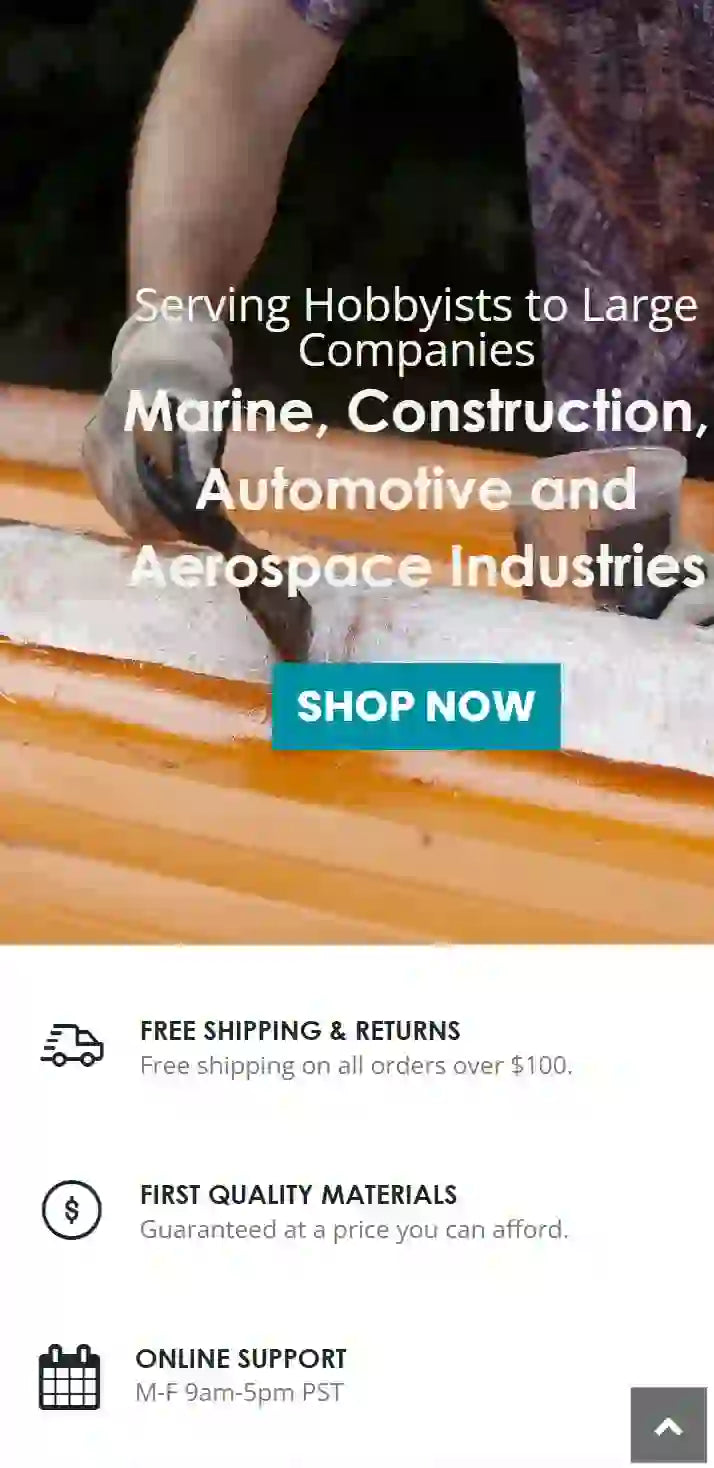

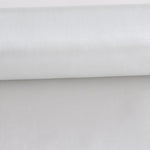
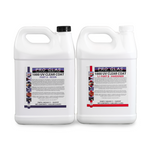

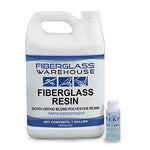

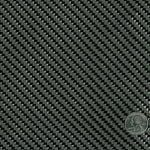

@Hank- Our most popular resins for table tops, jewelry and art is ProGlas 1000 Table Top Epoxy resin and ProGlas 1105 Deep Pour Epoxy. We also carry a Clear Casting Resin if you prefer to work with polyester resin.